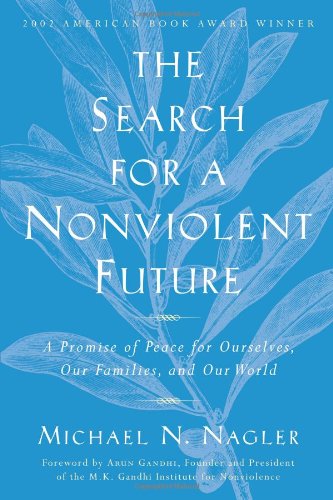“This force is to violence and therefore to all tyranny, all injustice, what light is to darkness.” ~ Gandhi, Indian Opinion, 1914
While certainly inspirational at first glance, we shouldn’t miss the sobering reality behind Gandhi’s assessment of the force of nonviolence: it exposes violence. Nonviolence is not a promise of a world free of violence forever. It is a call to let violence be seen and effectively addressed when it takes place. When a person or a group willingly takes on violence in their own person, in their own body, while neither allowing that violence to degrade them nor allow it to continue beyond them, the light of nonviolence is shining.
Share your thoughts in the comments below.
About Daily Metta
Stephanie Van Hook, the Metta Center’s executive director, launched Daily Metta in 2015 as a way to share Gandhi’s spiritual wisdom and experiments with nonviolence.
Our 2016 Daily Metta continues with Gandhi on weekdays. On weekends, we share videos that complement Michael Nagler’s award-winning book, The Search for a Nonviolent Future: A Promise of Peace for Ourselves, Our Families, and Our World. To help readers engage with the book more deeply, the Metta Center offers a free PDF study guide.
Enjoy more Daily Metta: See the archives
Get Daily Metta by email: Subscribe










This light sounds like Tonglen– which is a way of perceiving Christ’s crucifixion for the world, or a Buddhist practice.
I’ve never heard tonglen associated with Christ…Say more!
Beautiful Stephanie. It does sound like Tonglen.
This has been a very important exercise in my life lately that I understand will be ongoing. The light of my awareness shines upon subtle violence, anger or other negativity, which I breathe in absolve, transmute and breathe out love which envelops the issue and the human beings. The results have been subtle and exquisite. Love’s light is left shining.
Kindness, removes the wall of intolerance.Practice it, Share it, Live by its tenets.
I understand how this works between individuals, but how do we collectively interject compassion and nonviolence into the body politic, which has become so angry and hate-filled, inflicting the violence of fear onto so many sectors of our society?
Great question, Carol, and I know you must be thinking a lot about it, too. My response is simple: what else besides nonviolence as a means can get us past violence and fear? Remember our definition of nonviolence? “transforming negative drives like fear and anger into their positive, constructive counterparts.” When Gandhi saw such drives at work, he saw a power ready to be harnessed. Perhaps the best way is through constructive channels, constructive programs, all while refusing to participate in the negativity ourselves. What would you add to this?
Tim Flinder’s afterword for Gandhi the Man is a wonderfully succinct description of the concept of satyagraha. I highly recommend reading it.